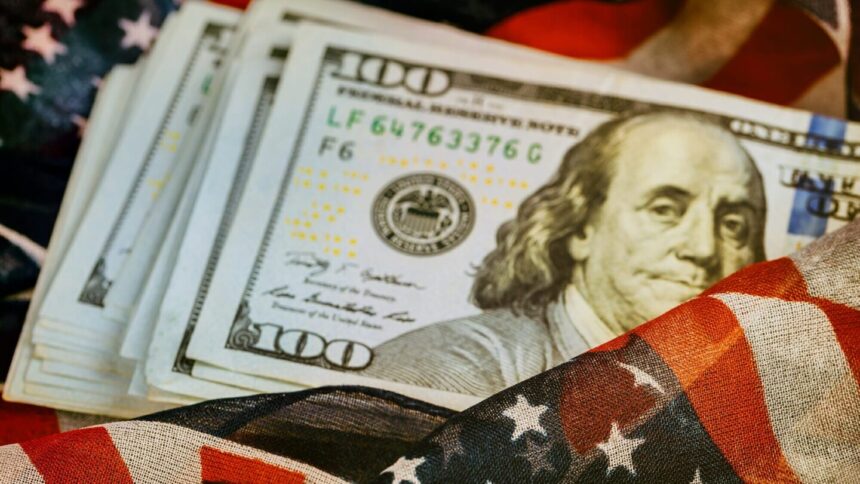It’s been just over two months since lawmakers approved the nation’s largest-ever economic relief measure to counter the coronavirus pandemic, and most of the direct cash assistance aimed at keeping the economy afloat has been spent or committed, according to a Wall Street Journal analysis of government data and estimates by the Committee for a Responsible Federal Budget, a bipartisan nonprofit group.
The Coronavirus Aid, Relief, and Economic Security Act, which was signed into law on March 27, included a projected $1.2 trillion in direct aid, ranging from expanded unemployment benefits and forgivable business loans to cash payments for households, hospitals, cities and states. Congress passed an additional $400 billion for small businesses and hospitals in April.
Of the total $1.6 trillion in aid, roughly $1.12 trillion, or about 70%, has been distributed, the analysis shows.
Included in the CARES Act funding was the allocation of $349 billion initially appropriated for forgivable loans under the Small Business Administration’s Paycheck Protection Program. Lawmakers in April passed a second round of funding, bringing the total to $660 billion. Of that, $510 billion, or 76%, had been committed as of May 30.



